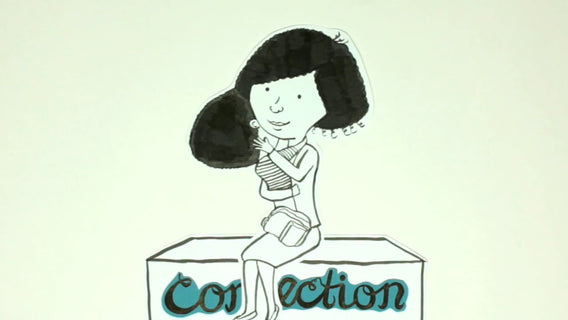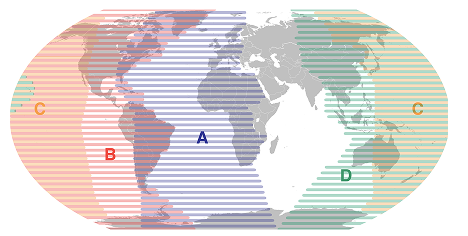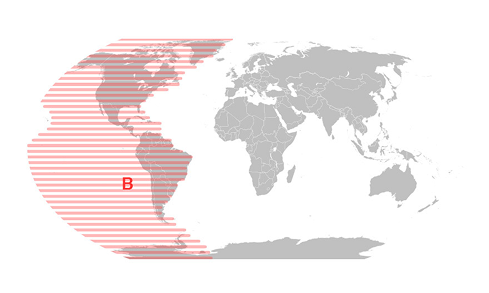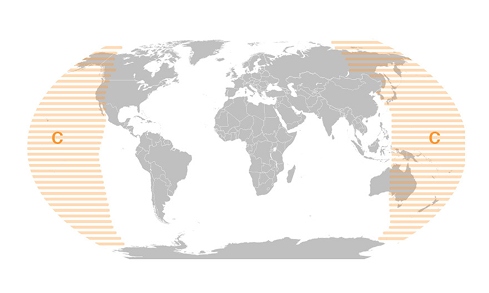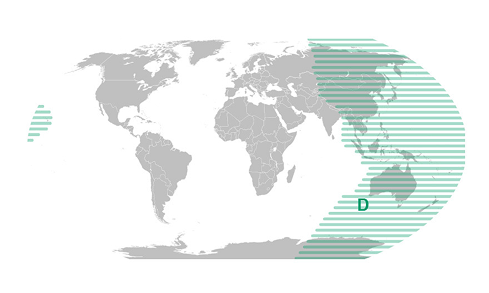
Teaching Through Relationship, Not Rules
It’s pretty much universal that parents want their children to be empathic. Of course we do – it’s a highly valued relational skill. And it’s a skill many parents spend lots of time trying to impart to their children.
There are many of different advice given to parents to help build empathy in their children:
- Tell your child, “Say you’re sorry”
- Tell your child to hug or shake hands after a conflict
- Tell your child to use their allowance/pocket money to buy a replacement toy or repair what’s been broken
- Have your child write an apology note
- Praise your child when they respond with empathy
- Read books to your child about kindness, empathy, sharing
There are many others, and it seems there are more each day as schools try to add empathy to their social-emotional learning curricula. But sometimes our efforts to teach a skill take our energy away from how children learn empathy best – through relationship. It is the child’s personal experience of empathy in their real and genuine relationship with caregivers that is most powerful – we teach empathy when we offer empathy.
It’s like riding a bike; you can’t read a book and then master the skill of riding a bike. In the same way you can’t read to a child about empathy and then expect the child to offer empathy. They learn about empathy through every day relationship experiences with caring adults – in particular the ways important adults communicate comfort and offer kind and sensitive caregiving. And just as adults struggle to show up with empathy 100% of the time, a child too will vary in their capacity to be empathic. A toddler may gently approach a young baby (maybe their new sibling), softly give a kiss, only to later hit that same baby on the head. It is in these moments, where we perhaps feel most challenged by our child’s difficult behaviors, that they can learn the most about empathy – that even in their most difficult feelings, they are understood and valued.
And you might be asking, where does empathy show up on the Circle of Security? The answer is all around the Circle. Children need our empathy as the Hands on the Top of Circle as they explore, learn and stumble their way around, and on the Bottom of the Circle when they struggle with their feelings.


